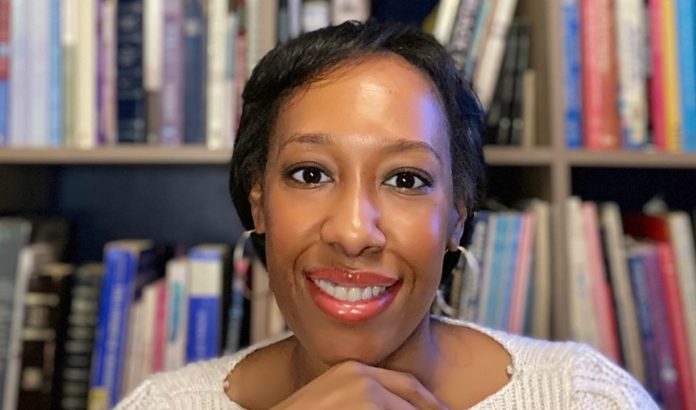
Did you have a favorite book when you were a child? If you were like me, you enjoyed books about adventure and fairytales. Perhaps, you enjoyed books with rhythm and rhymes.
Although the type of books we liked differ, we can all agree that those books allowed us to see ourselves through the characters and their experiences. We related to how the characters looked, talked, acted toward their friends, families, and communities. However, for families who identify as Afro-Latino, it is harder to see themselves in children’s literature. According to the Cooperative Children’s Book Center, books by or about Black or Africans resulted in only 11.9% of published books and only 5% for Latino in 2019. The statistics reveal the enormous representation gap of Afro-Latino in children’s literature. Nevertheless, local educators like Keaira Faña-Ruiz are determined to fill the gap.

Keaira Faña-Ruiz, English humanities teacher at Aspira Academy in Newark, Delaware, and her husband Jose, are the authors of The Afro-Latino Alphabet, a book that pays homage to the Afro-Latino culture. She says the inspiration for the book came during the COVID-19 quarantine last year. “I had a conversation with my husband about the lack of representation of Afro-Latinos in children’s literature. Afterwards, we wrote “The Afro-Latino Alphabet” the very next day.” As a middle-school teacher, Faña-Ruiz understands the importance of positive role models in the development of the identity of children. She hopes that “the book makes children feel inspired and proud to see themselves in the pages”. Faña-Ruiz also hopes that “it inspires other writers, especially black writers, because now is the time for more representation in children’s literature”.

Showing books is just one way to bring more representation of Afro-Latino culture in today’s classrooms. Faña-Ruiz proposes that teachers must get “comfortable with being uncomfortable and think outside the box”. For example, you can highlight Afro-Latinos beyond Roberto Clemente. Or consider creating a lesson on Maritza Correia McClendon, the first Afro-Latina to join the U.S. Olympic team in 2004. Another is Elizabeth Acevedo, an accomplished poet and author whose writing won awards such as the New York Times Bestseller, Carnegie Medal, the National Book Award, and Boston-Globe Hornbook Award.
Showing books with characters that reflect Afro-Latino children is one way that teachers can bring more representation of the Afro-Latino culture in today’s classroom. Teachers can start with The Afro-Latino Alphabet and Keaira Faña-Ruiz’ latest book, called “Black Girls Are”. Doing this will fill the representation gap for Afro-Latinos, one student at a time.
























